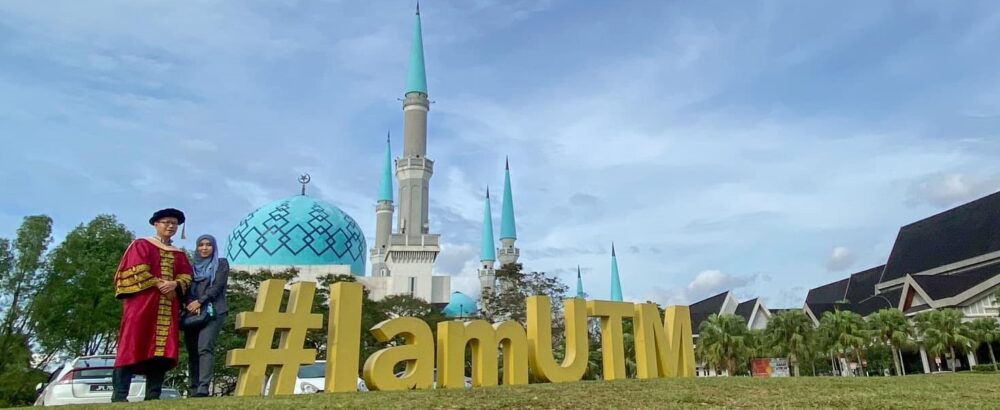
Phosphoric acid doped composite proton exchange membrane for hydrogen production in medium-temperature copper chloride electrolysis Abstract: A copper chloride (CuCl) electrolyzer that constitutes of composite proton exchange membrane (PEM) that functions at medium-temperature (>100 C) is beneficial for rapid electrochemical kinetics, and better in handling fuel pollutants. A synthesized polybenzimidazole (PBI) composite membrane from the addition of ZrO2 followed with phosphoric acid (PA) is suggested to overcome the main issues in CuCl electrolysis, including the copper diffusion and proton conductivity. PBI/ZrP properties improved significantly
with enhanced proton conductivity (3 fold of pristine PBI, 50% of Nafion 117), superior thermal stability (>600 C), good mechanical strength (85.17 MPa), reasonable Cu permeability (7.9 107) and high ionic exchange capacity (3.2 103 mol g1). Hydrogen produced at 0.5 A cm2 (115 C) for PBI/ZrP and Nafion 117 was 3.27 cm3 min1 and 1.85 cm3 min1, respectively. The CuCl electrolyzer efficiency was ranging from 91 to 97%, thus proven that the hybrid PBI/ZrP membrane can be a promising and cheaper alternative to Nafion membrane.

International Journal of Hydrogen Energy Impact Factor JCR2019, IF = 4.939 https://doi.org/10.1016/j.ijhydene.2019.10.030

